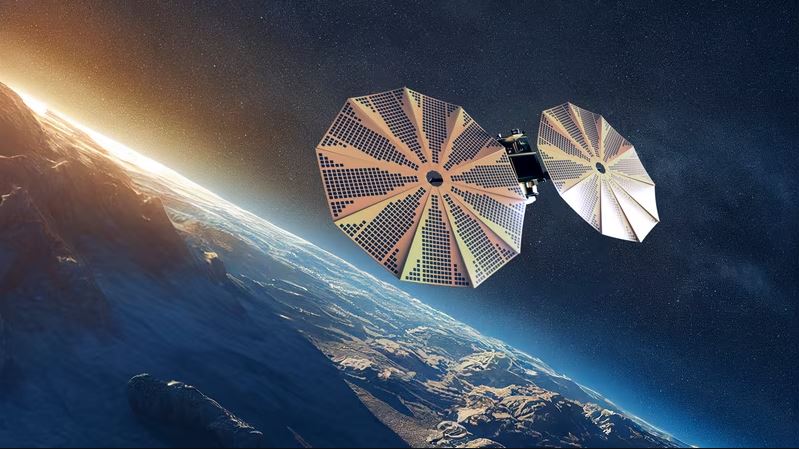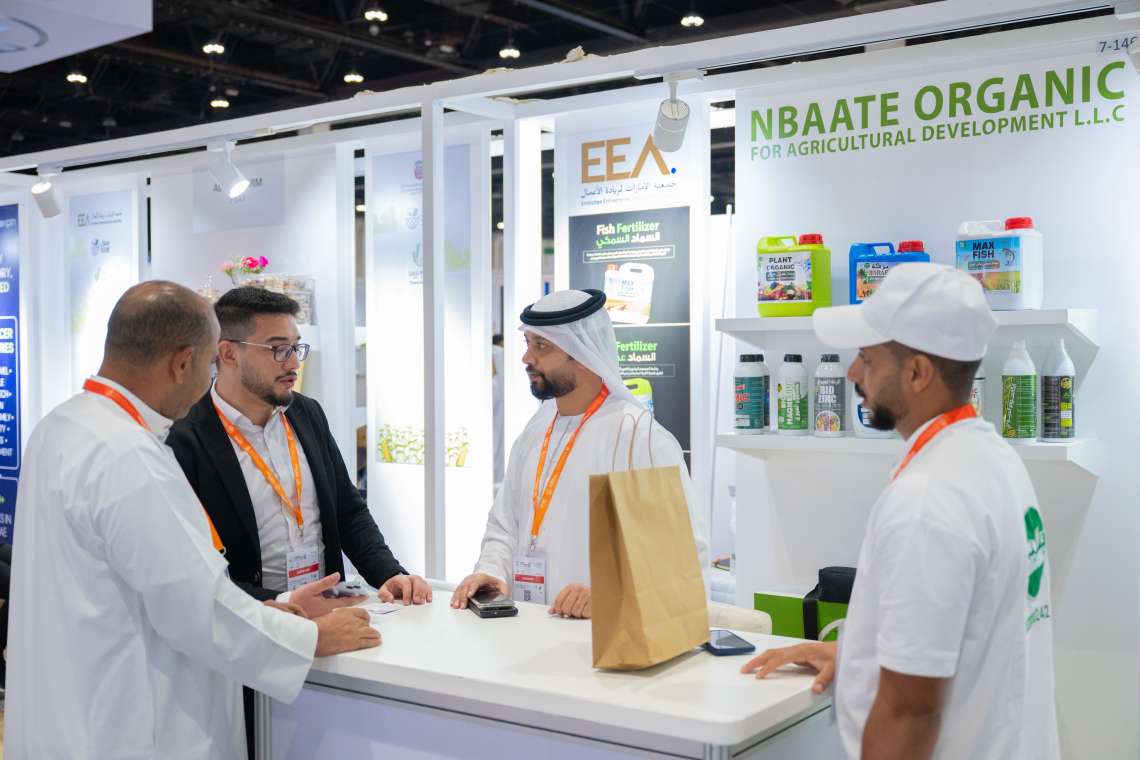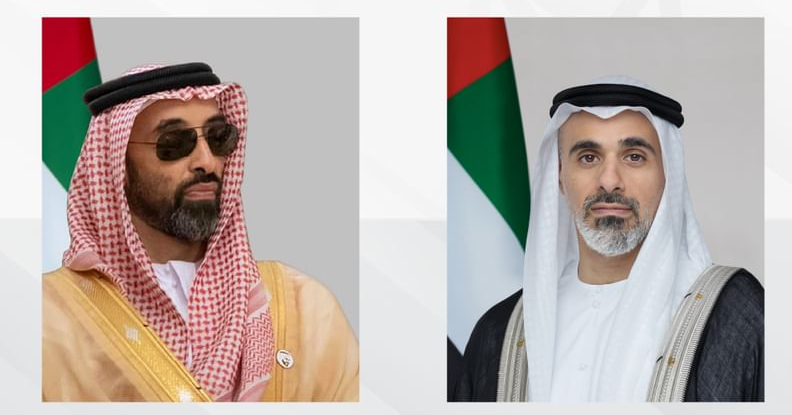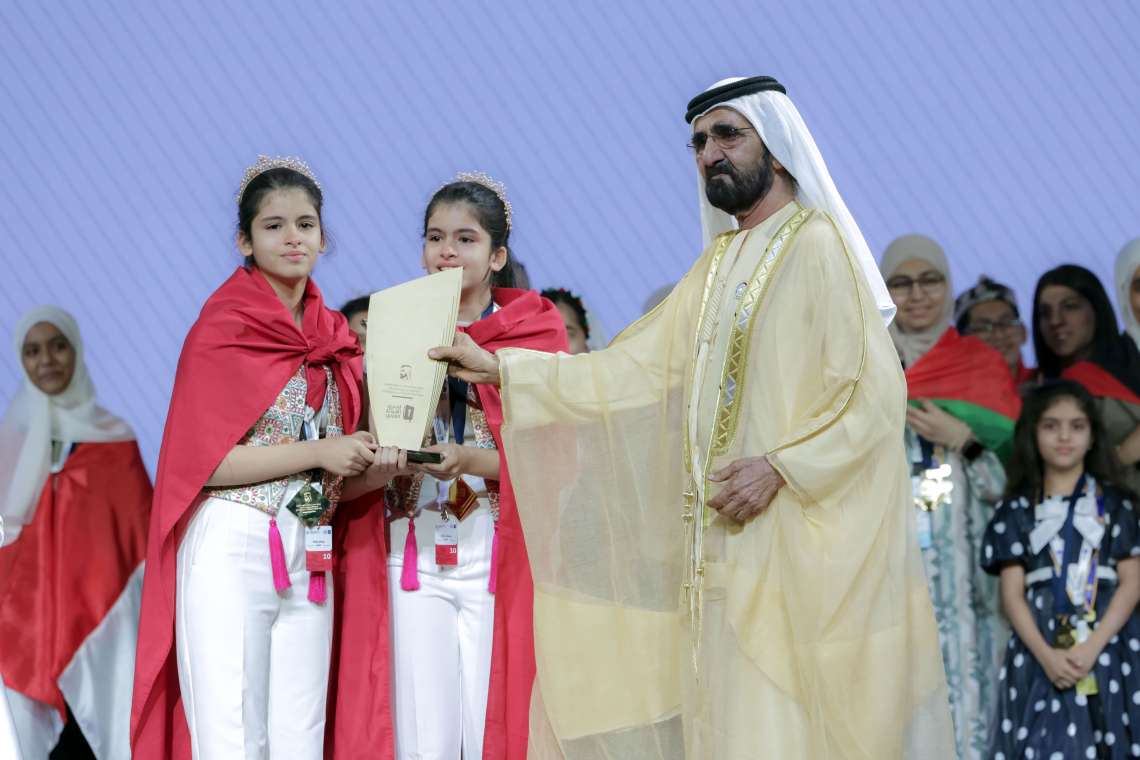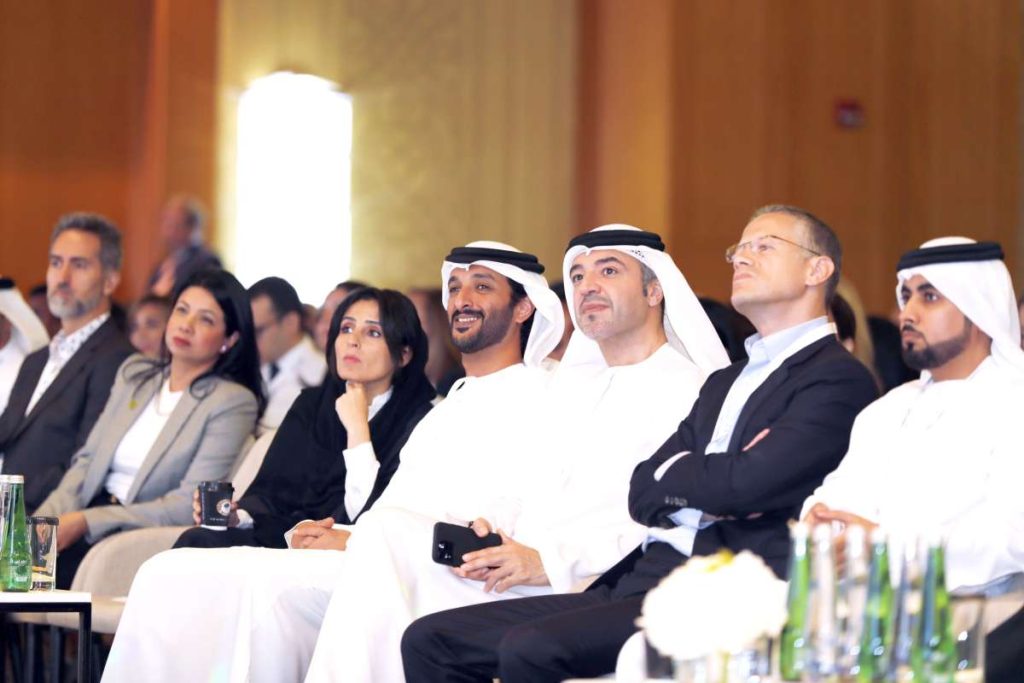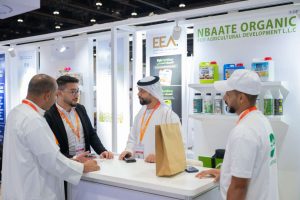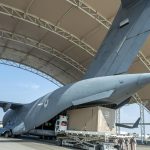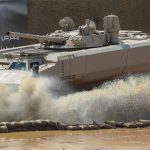The UAE spacecraft ‘MBR Explorer’ will undertake a 5 billion kilometre journey passing through Mars to explore seven asteroids in the main asteroid belt and ultimately landing on the last asteroid in 2034….reports Asian Lite News
His Highness Sheikh Mohammed bin Rashid Al Maktoum, Vice President, Prime Minister and Ruler of Dubai, said that the Emirates Mission to the Asteroid Belt (EMA) is a massive scientific project that will result in the establishment of Emirati companies specialised in space science and technology.
“The UAE has launched a new 13-year space project that features six years of spacecraft development and seven years of exploration. The UAE spacecraft ‘MBR Explorer’ will undertake a 5 billion kilometre journey passing through Mars to explore seven asteroids in the main asteroid belt and ultimately landing on the last asteroid in 2034.”
His Highness added, “The Emirates Mission to the Asteroid Belt is a massive scientific project that will result in the establishment of private Emirati companies specialised in space science and technology, the development of a deep space mission control centre, and the training of Emirati talent.”
He further said, “The Emirates Mission to the Asteroid Belt will cover 10 times the distance covered by the ‘Hope Probe’. Emirati youth believe in the motto that ‘The Impossible is Possible’. The secret behind our 5-billion-kilometre space mission is our belief in the capabilities of our youth, and our efforts to support them in achieving their ambitions.”
At an event held in Qasr Al Watan, Abu Dhabi, the UAE Space Agency has announced the details and objectives of the EMA, the first multiple-asteroid tour and landing mission to the main belt asteroids between Mars and Jupiter.
The Agency released details of the design of the spacecraft named the “MBR Explorer”, in addition to mission operations and scientific objectives. It also announced a three-week launch period for the mission starting in March 2028.
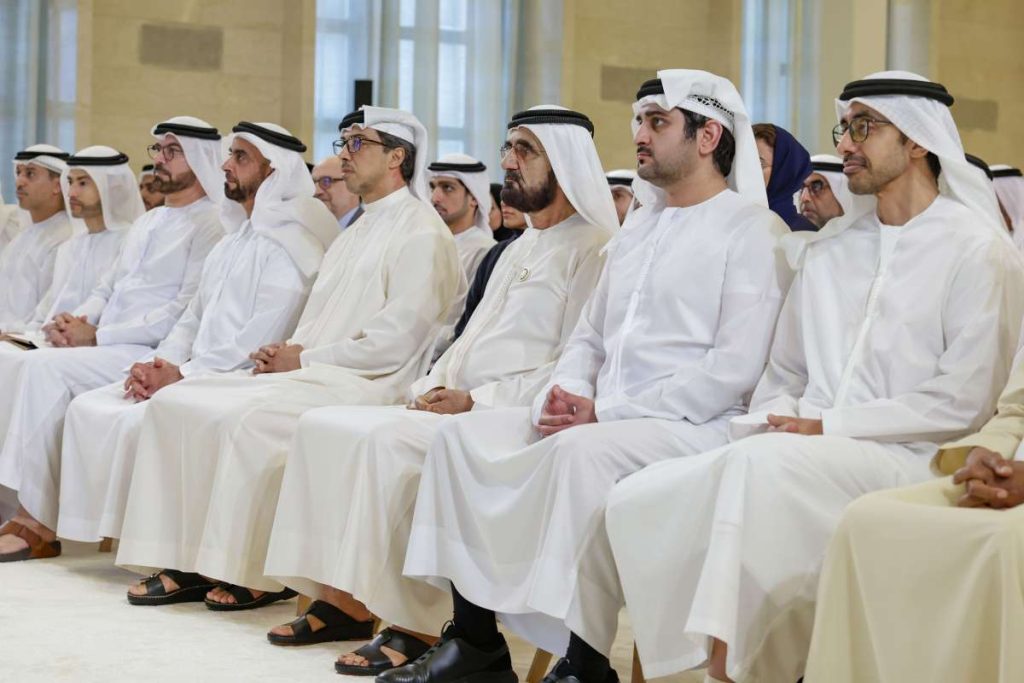
The mission aims to add to our understanding of the foundation of the solar system and the presence and origins of the building blocks of life found in the asteroid belt, as well as prepare the ground for possible future resource extraction from asteroids.
The EMA comprises a thirteen-year mission: a six-year spacecraft development phase followed by a seven-year flight to the main asteroid belt beyond Mars, and a series of close flybys to conduct unique observations of seven main belt asteroids.
The mission will build on the learnings, capabilities, innovation and heritage of the Emirates Mars Mission and further accelerate the development of the country’s private space sector and national capabilities in advanced technology innovation.
The MBR Explorer’s 5-billion-kilometre journey includes gravity-assist manoeuvres around Venus, Earth and Mars to change the spacecraft’s velocity and support its flyby campaign, with its first asteroid encounter taking place in February 2030. Subsequent flybys will occur through to 2034, when the mission’s seventh asteroid encounter will involve a rendezvous and landing. The spacecraft will release a lander, which will beam science data up from the asteroid surface.
The EMA will drive significant economic opportunities, including new start-ups, international partnerships and inward investment to the UAE space sector, creating new commercial opportunities to accelerate the growth of innovation and advanced technology companies in the UAE. The ground segment and operations of the mission will also be delivered by an Emirati private sector operator through the establishment of a control centre for deep space missions.
The EMA will build greater understanding of the characteristics, origins, formation and evolution of asteroids. It will open new windows into our understanding of the formation of our solar system, as well as investigate the potential of water-rich asteroids as a usable resource and evaluate the presence of volatile and organic compounds in the asteroid belt – the building blocks of life on Earth.
The MBR Explorer’s four science instruments include a high-resolution camera, a thermal infrared camera, a mid-wavelength spectrometer and an infrared spectrometre. Together, these instruments will support observations that will measure the surface composition, geology and interior density and structure of asteroids across five of the main belt ‘families’, helping to better understand the origins and evolution of water-rich asteroids and also to assess the resource potential of asteroids and prepare the way for future asteroid resource utilisation.
ALSO READ: UAE, India eye investments in new economy, tourism

